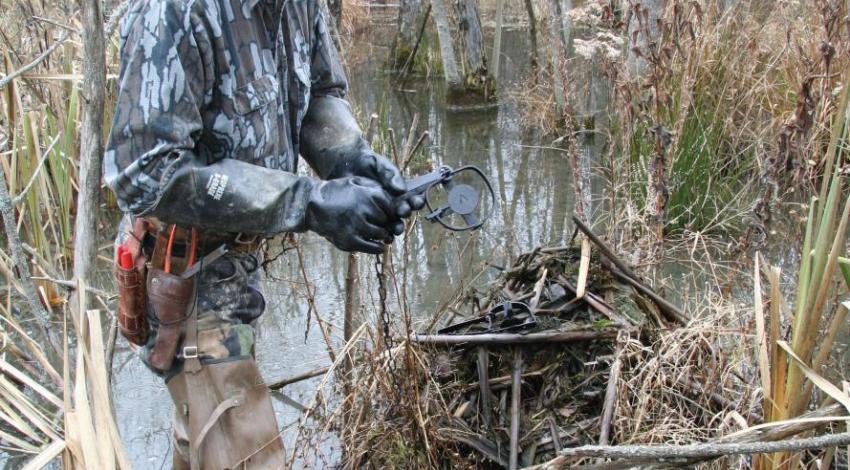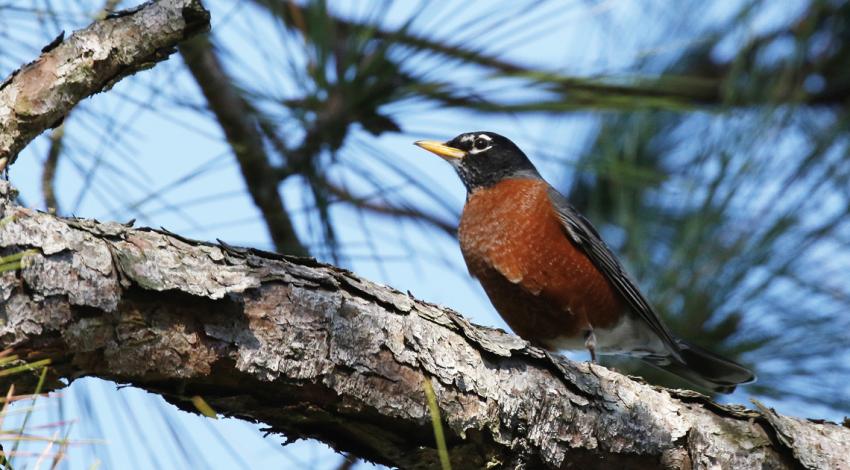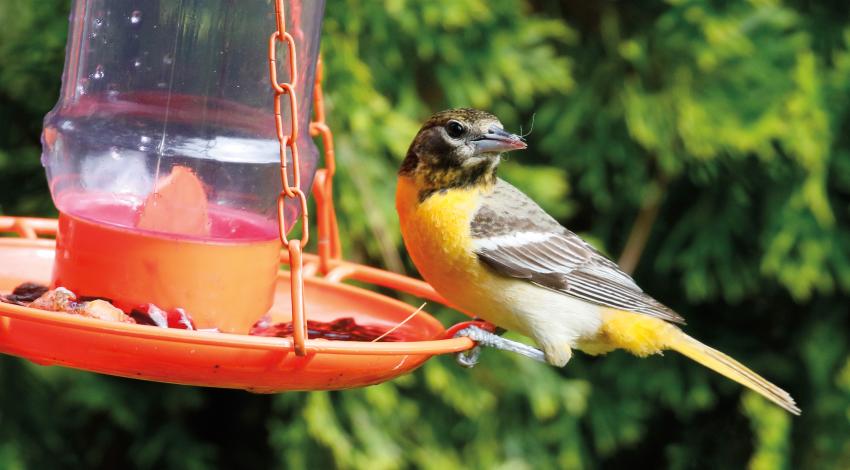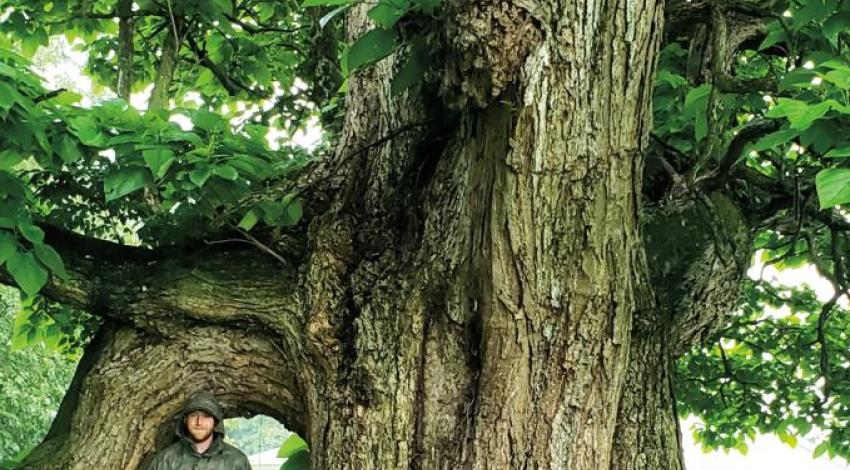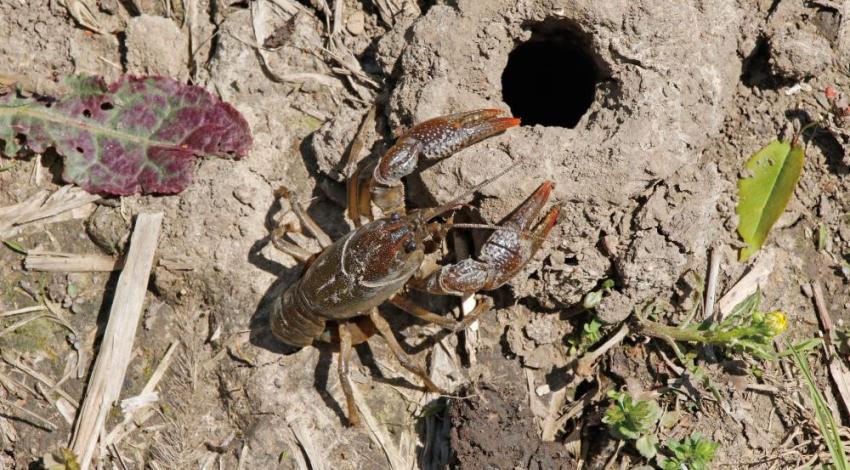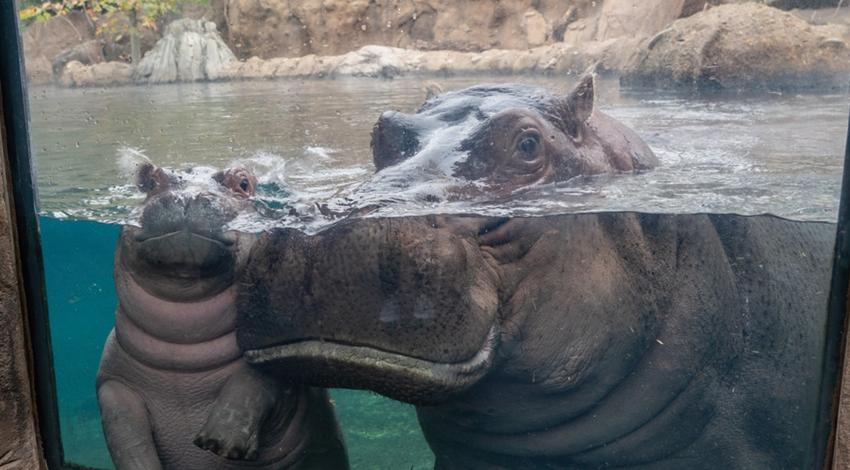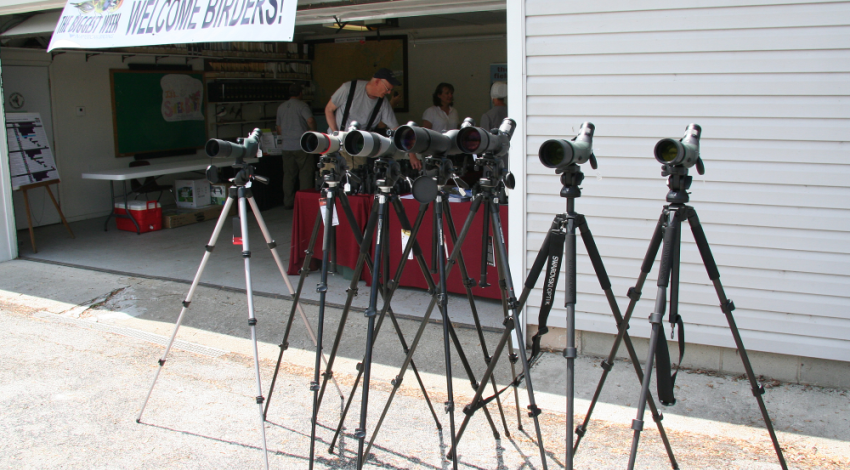There is a pair of serial killers on the loose in the hinterlands of Ohio. The male, with his weasel-like face and small, black, beady eyes, looks menacing; his girlfriend, similar in appearance but only about half his size, is just as bloodthirsty.
In general, the weasel family has a dubious reputation, particularly its scientific subfamily Mustelinae, which in Ohio includes not only mink but also ermines, least weasels, and long-tailed weasels. Adding to this foursome’s loathsomeness is the fact that they smell bad, emitting a strong, musky odor from anal scent glands, which they use for marking territory or attracting a mate.
